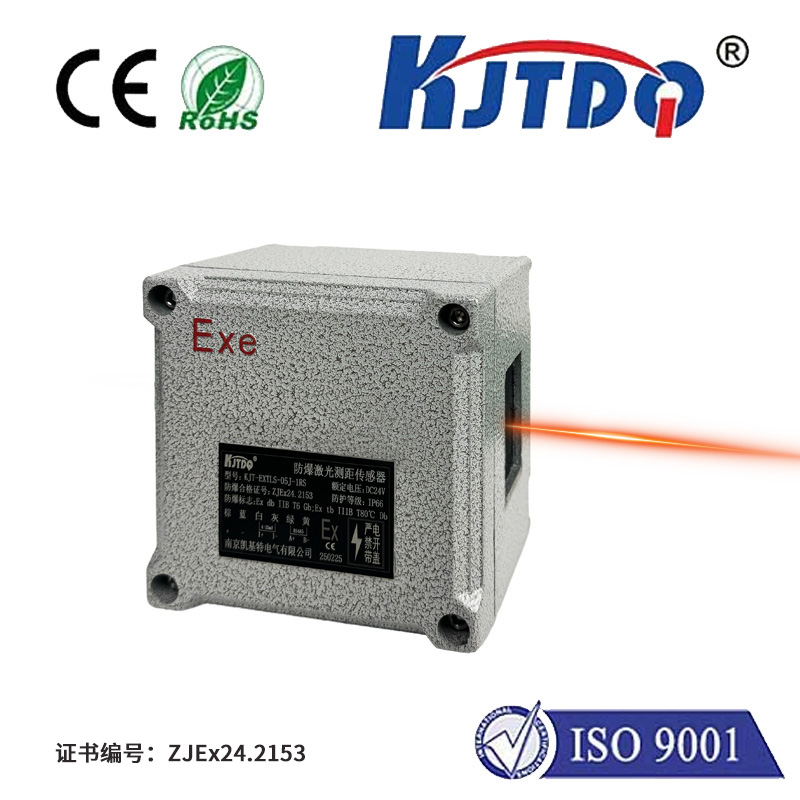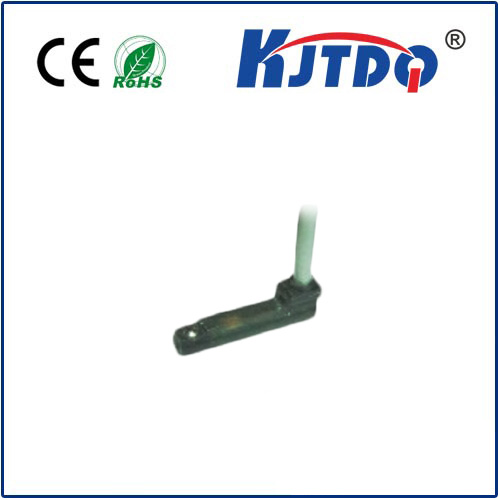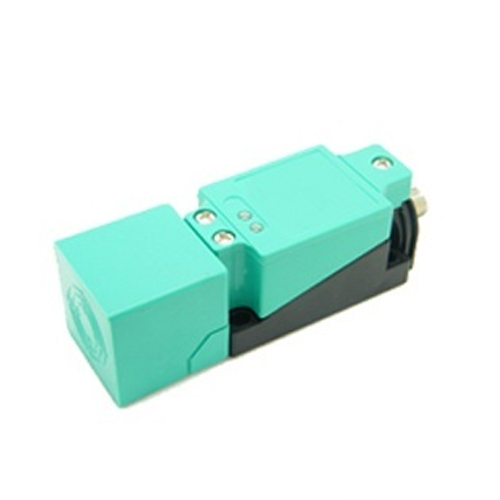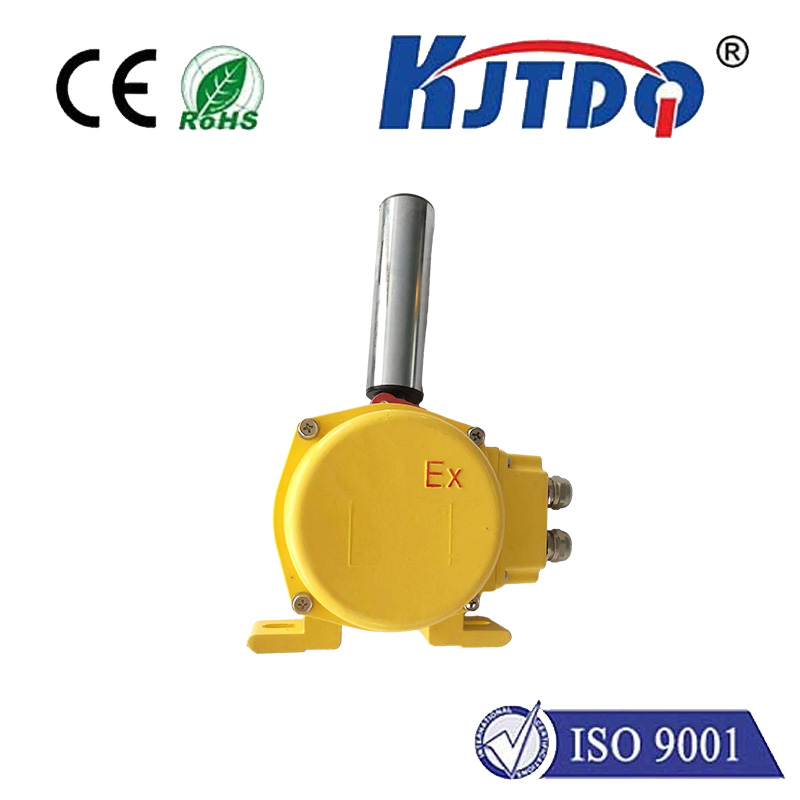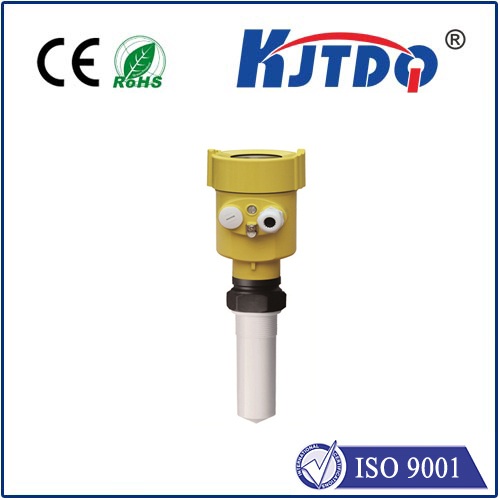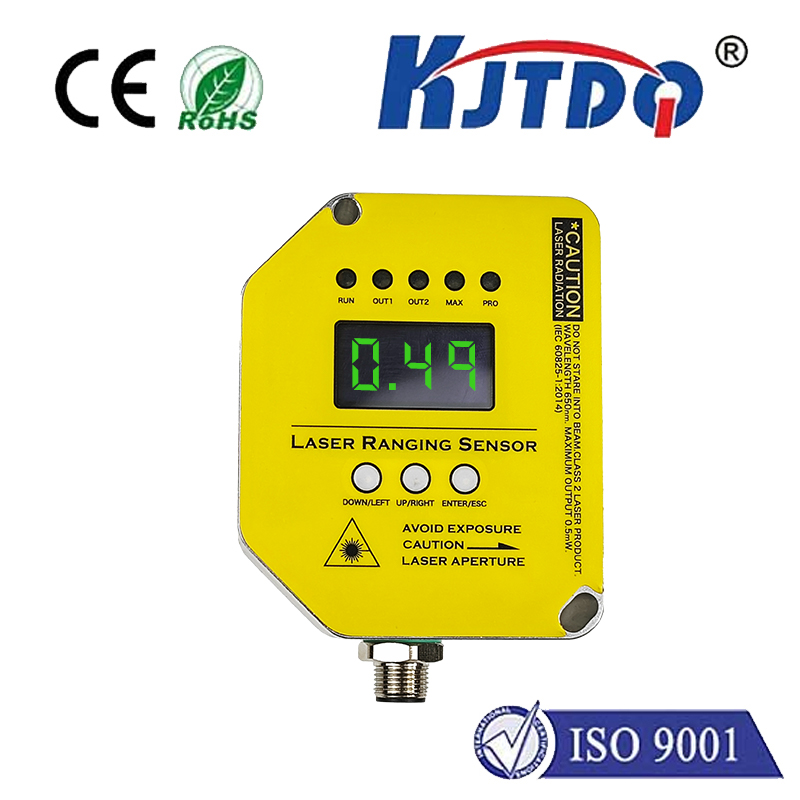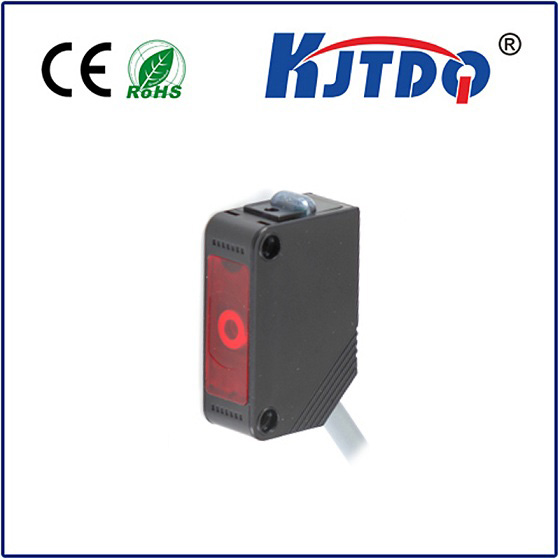capacitive prox
- time:2024-10-16 00:42:20
- Click:0

Capacitive Proximity Sensing: A Technological Marvel in Everyday Devices
In the realm of technological advancements, capacitive proximity sensors stand out as a remarkable innovation. These sensors have revolutionized the way we interact with our devices, making them more intuitive and user-friendly. In this article, we will delve into the world of capacitive proximity sensors, exploring their working principle, applications, advantages, and future prospects.
A New Era of Interaction: Understanding Capacitive Proximity Sensors
Capacitive proximity sensors are electronic components that detect the presence of a nearby object without any physical contact. They work on the principle of capacitance, which is the ability of a system to store an electric charge. When an object comes close to the sensor, it changes the电容值of the system, which is then measured and processed to determine the distance between the object and the sensor.
The Magic Behind the Scenes: Working Principle of Capacitive Proximity Sensors
The working principle of capacitive proximity sensors involves the use of two conductive plates separated by an insulating material. One plate is connected to a voltage source, while the other is connected to a ground. As the object approaches the sensor, it displaces some of the charge from the first plate to the second plate, causing a change in capacitance. This change is measured and converted into a digital signal, which can be used to trigger an action or control a process.
From Smartphones to Industrial Automation: Applications of Capacitive Proximity Sensors
Capacitive proximity sensors have found applications in various fields, including electronics, automotive, medical, and industrial automation. Some of the most common applications include:
- Touchscreen technology: Capacitive proximity sensors are used in touchscreen displays to detect the presence and position of a finger or stylus on the screen’s surface. This allows users to interact with their devices in a more natural and intuitive way.
- Hand gesture recognition: Capacitive proximity sensors are used in hand gesture recognition systems, enabling users to control devices such as smartphones, smartwatches, and home automation systems using simple hand movements.
- Proximity sensing in automobiles: Capacitive proximity sensors are used in modern cars for functions such as automatic door locks, airbag deployment, and parking assistance systems.
- Medical devices: Capacitive proximity sensors are used in medical devices such as heart rate monitors and sleep apnea detectors to measure physiological parameters without any physical contact with the patient’s skin.
Advantages of Capacitive Proximity Sensors Over Other Types of Sensors
Capacitive proximity sensors offer several advantages over other types of sensors, such as infrared and ultrasonic sensors. Some of these advantages include:
- High precision and accuracy: Capacitive proximity sensors can detect objects with high precision and accuracy, making them suitable for applications that require precise measurements and control.
- Non-contact detection: Capacitive proximity sensors do not require physical contact with the object being detected, reducing wear and tear on both the sensor and the object.
- Longer detection range: Capacitive proximity sensors can detect objects at longer distances compared to other types of sensors, making them ideal for applications where space is limited or remote monitoring is required.
- Environmental adaptability: Capacitive proximity sensors are less affected by environmental factors such as dust, moisture, and temperature changes, ensuring reliable performance under various conditions.
The Future of Capacitive Proximity Sensors: Innovations on the Horizon
As technology continues to advance, capacitive proximity sensors are expected to become even more sophisticated and versatile. Some potential future developments in this field include:
- Flexible and stretchable sensors: Researchers are working on developing flexible and stretchable capacitive proximity sensors that can be integrated into wearable devices and smart textiles, providing new possibilities for health monitoring and human-computer interaction.
- Multi-touch capability: Future capacitive proximity sensors may be capable of detecting multiple touches simultaneously, expanding their applications in areas such as gaming consoles, musical instruments, and interactive displays.
- Energy harvesting: Researchers are exploring ways to incorporate energy harvesting capabilities into capacitive proximity sensors, allowing them to generate power from external sources such as light and motion. This could lead to the development of self-powered sensors with extended battery life and reduced maintenance requirements.
In conclusion, capacitive proximity sensors represent a significant technological breakthrough that has transformed the way we interact with our devices. With their high precision, non-contact detection capabilities, and adaptability to various environments, these sensors have become indispensable in numerous applications across different industries. As research and development continue to push the boundaries of what is possible with capacitive proximity sensors, we can look forward to even more innovative solutions that将进一步 enhance our daily lives.












